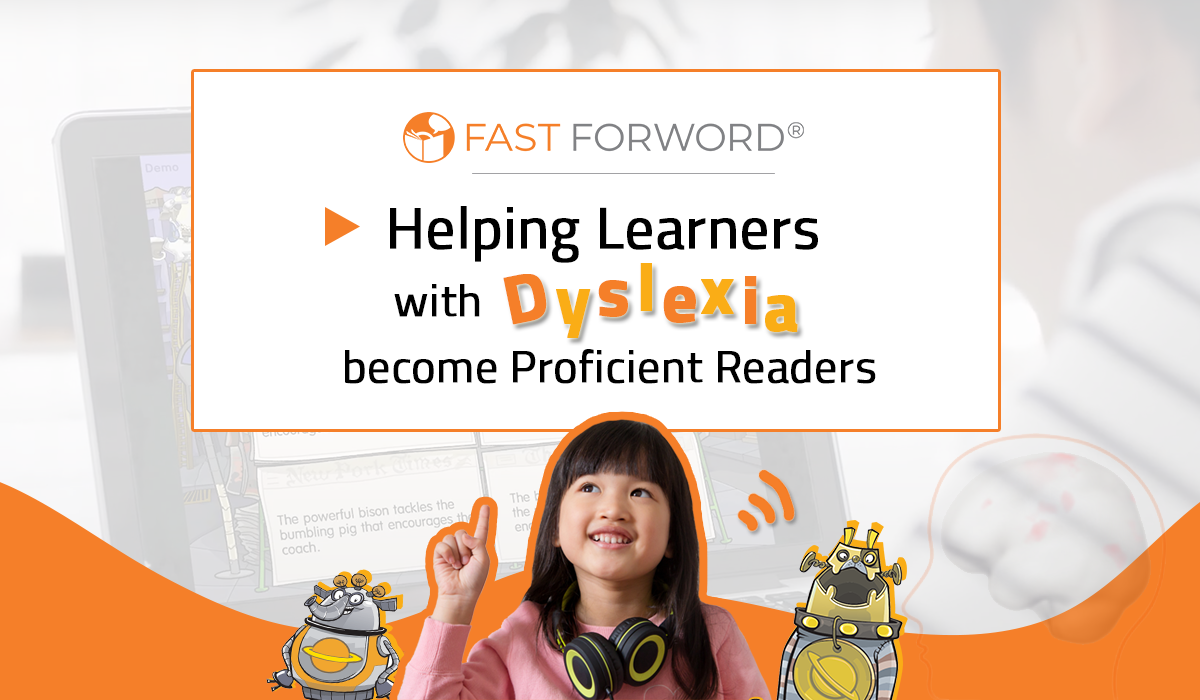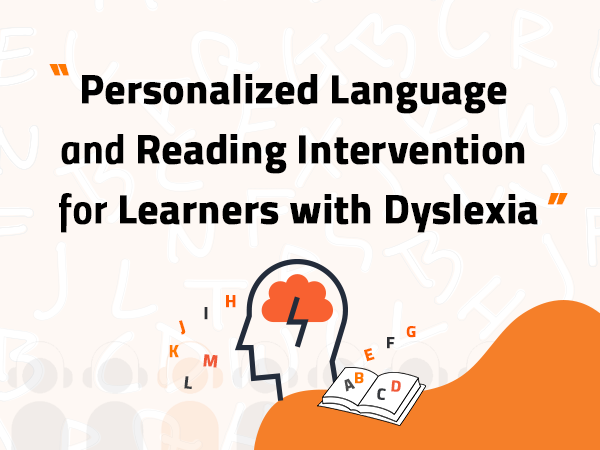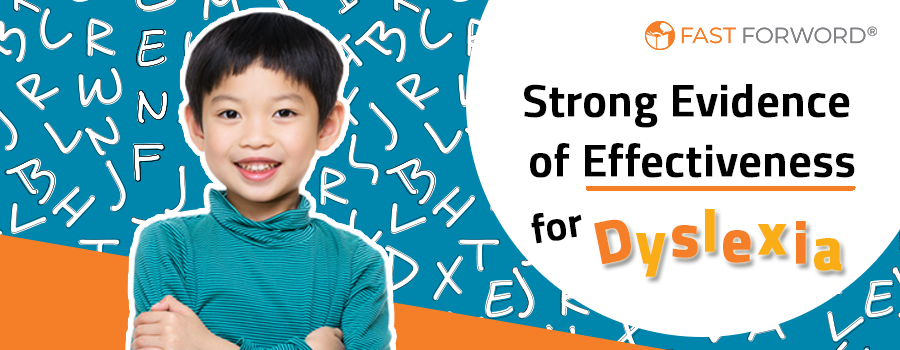Dyslexia

Helping Learners with Dyslexia become Proficient Readers
Dyslexia is now recognized as a primarily auditory disorder, with weaknesses appearing specifically in phonological processing. Many reading intervention programs help learners compensate for these difficulties by working around the issues.
Fast ForWord takes a different approach — it aims to “rewire” the brain for reading, targeting the issue directly, and starting with the brain’s most foundational abilities.
The research shows pre- and post- improvement on fMRI studies after the Fast ForWord intervention, which is designed to help children with dyslexia process rapidly changing sounds that are the building blocks of language.

Fast ForWord reading intervention program helped the participants become better readers after just 8 weeks.
- Exercises to improve phonological processing
- Individualized work to build phonemic awareness, phonics, and targeted decoding
- Sight word recognition, vocabulary, grammar, and comprehension
- Guided oral reading support to build fluency (great for even the most reluctant readers!)
Fast ForWord uses intensive, adaptive reading strategies, activities and exercises to remediate the most foundational processing weaknesses at the root of dyslexia, then fills in missing language and reading skills.
See Results!

✔ Improved phonological processing skills
✔ Improved sound-symbol association and syllable structure recognition
✔ Improved morphology, syntax, and semantics
✔ Improved reading comprehension,fluency, and prosody
✔ Improved sight word recognition, vocabulary, and grammar
Strong Evidence of Effectiveness for Dyslexia Intervention

Massachusetts Institute of Technology; Stanford University; Rutgers University; Dartmouth College; Harvard Medical School
fMRI shows that physiological differences in children with dyslexia can be alleviated through remediation 8 weeks of remediation that focused on improved rapid auditory processing and phonological and linguistic training (Fast ForWord) resulted in the children with dyslexia developing differentiated activation to rapid and slow transitions similar to that of children with typical development.
Stanford University; University of California, Los Angeles; Scientific Learning Corporation; Rutgers University;University of California, San Francisco
fMRI shows cortical activation of children with dyslexia is enhanced in key reading regions of the brain Researchers used fMRI to show that during phonological awareness tasks, the left hemisphere of children with typical development had more coherent activation in cortical regions critical to reading than children with dyslexia. Following training with the Fast ForWord products, the cortical activation in children with dyslexia became more similar to the activation of typically-developing children.
Case Study: Rolla, MO Public Schools
After implementing the Fast ForWord program, K-3 students with dyslexia have achieved measurable improvements in a wide range of language, cognitive, and reading skills. In addition, diverse learners in grades K-3 who have participated in the Fast ForWord program have made improvements as well.
See how Fast ForWord meets the specific requirements for Dyslexia Instructional Programs
Research: Dyslexia and the Brain: Research Shows that Reading Ability Can be Improved
Research: Undoing Dyslexia via Video Games
In the News: Understanding the Causes of Dyslexia for Effective Intervention
DESCRIPTORS REGARDING INTERVENTION AFTER ASSESSMENT AND DYSLEXIA IDENTIFICATION
Helping your children or students overcome Dyslexia
Contact us now! 02-656-9938 / 02-656-9939
LINE: @brainfit_th

